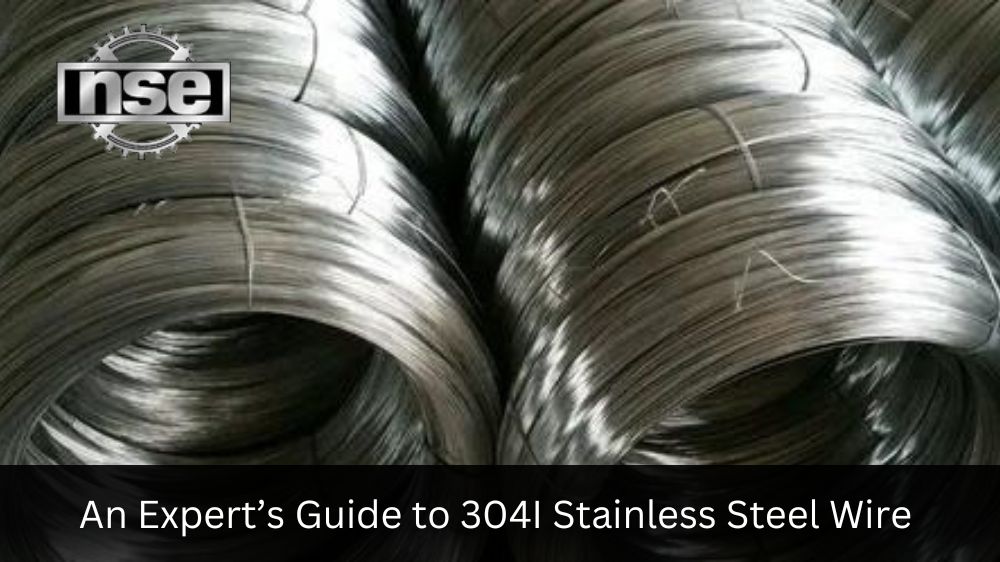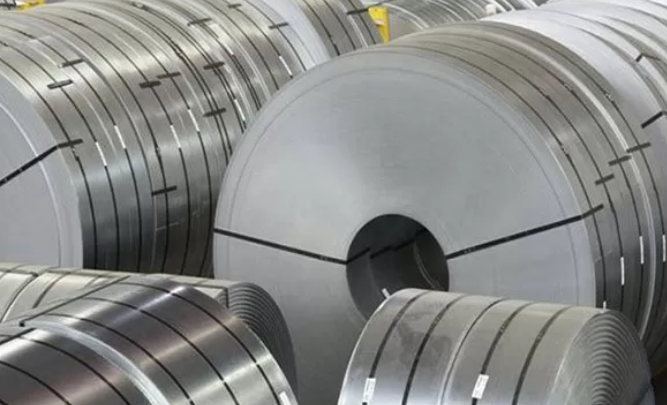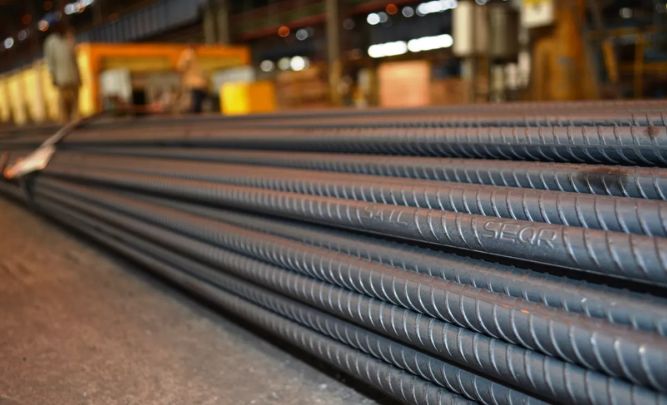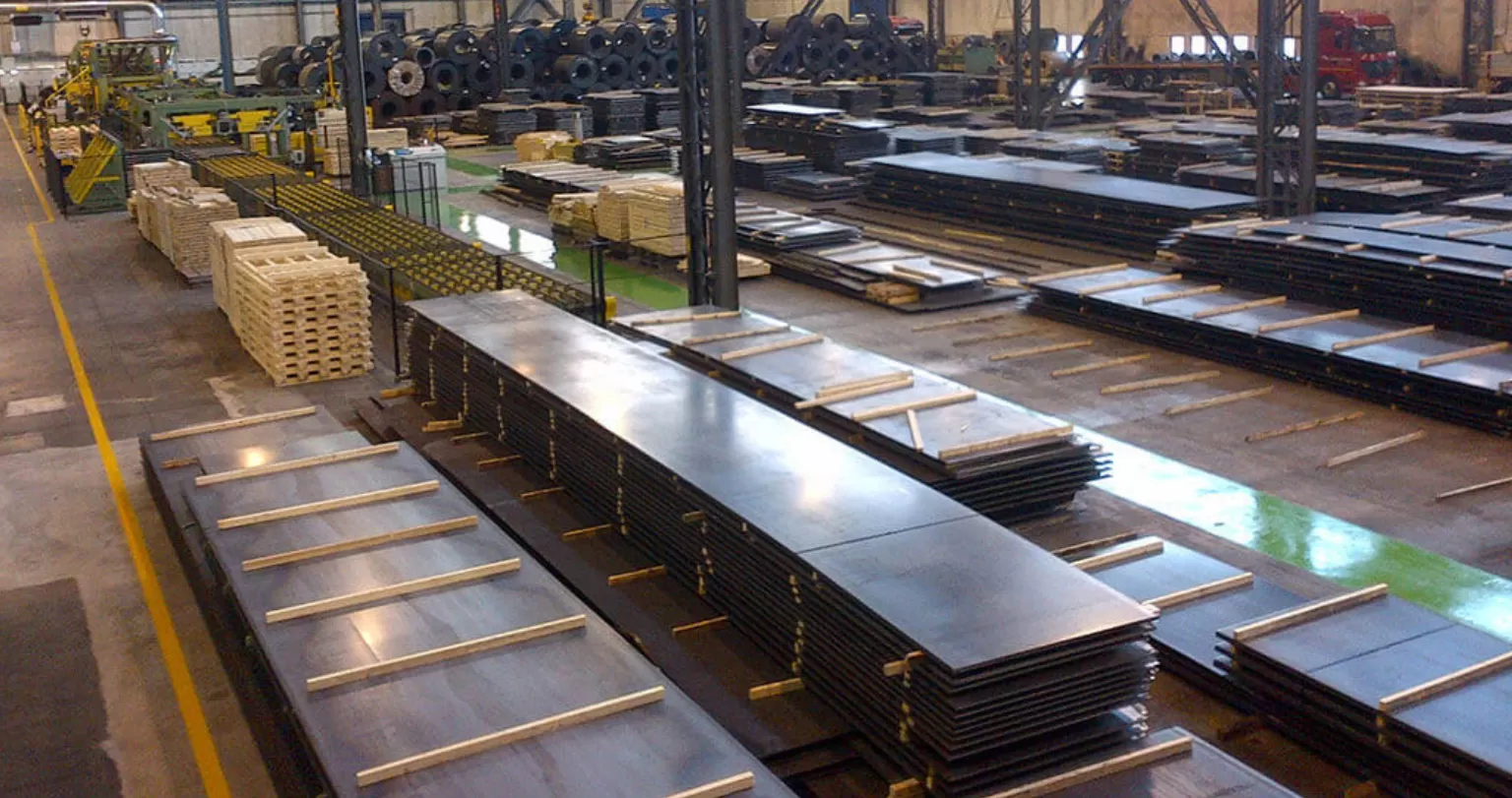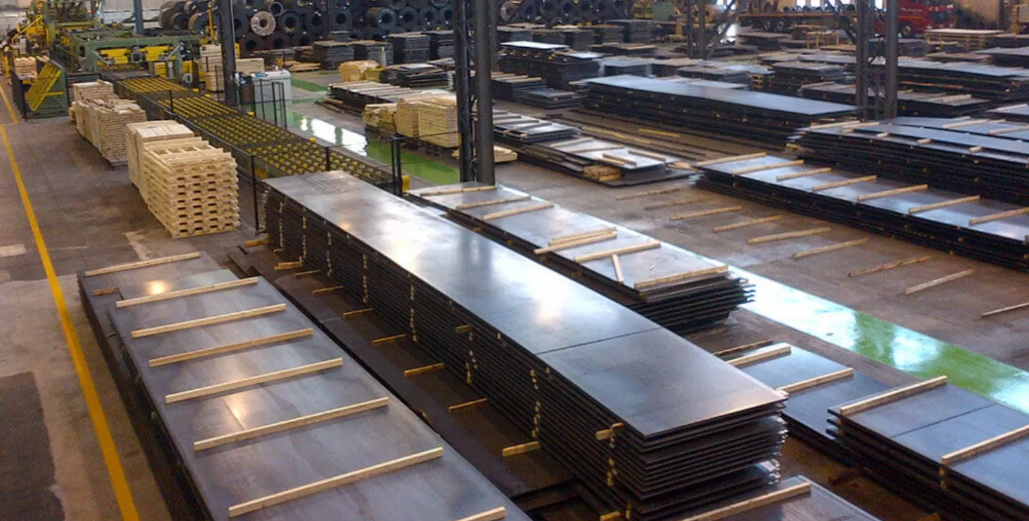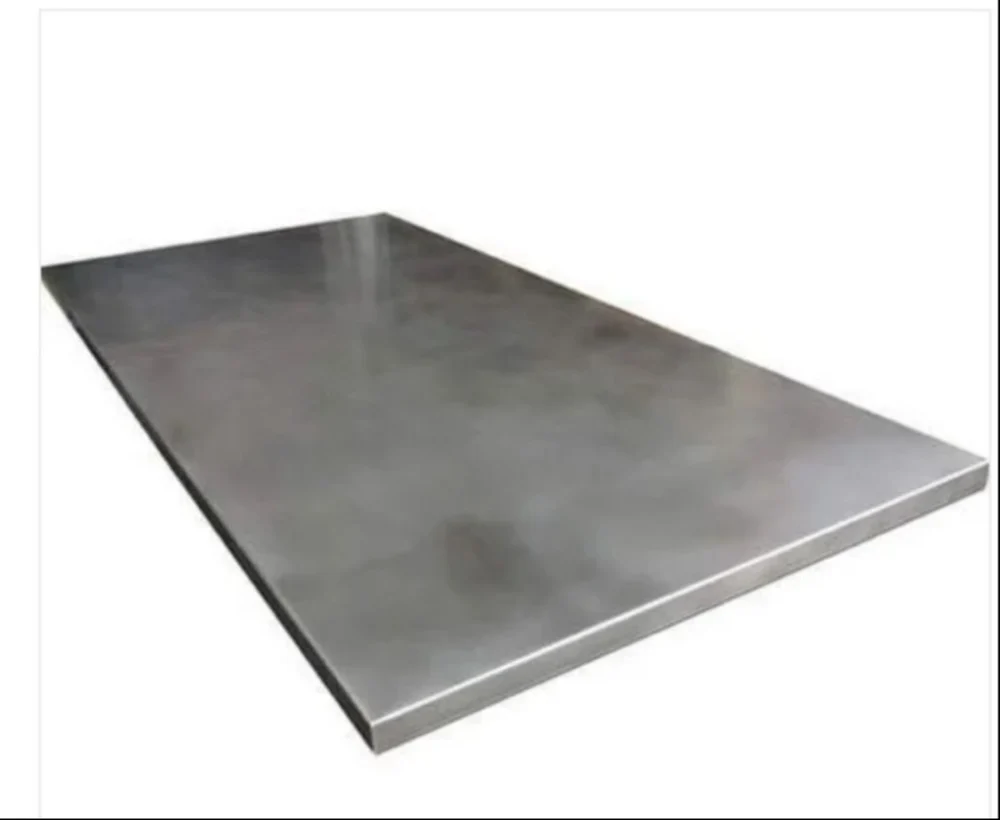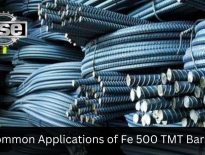Stainless steel wire is a popular material for a wide range of applications due to its strength, durability, and resistance to corrosion. Among the various grades of stainless steel wire, 304I stainless steel wire stands out for its exceptional rust resistance, low carbon content, and non-magnetic properties. To learn more about this versatile material, read this expert’s guide to 304I stainless steel wire.
What is 304I Stainless Steel Wire?
304I Stainless Steel Wire is an austenitic chromium-nickel alloy with high corrosion resistance. It is nonmagnetic and has excellent resistance to stress, pitting, crevice, and intergranular corrosion. It can also withstand extremely high temperatures up to 1500°F (815°C). This steel wire is commonly used in chemical processing equipment, automotive components, kitchenware and medical appliances due to its superior durability.
Properties of 304I Stainless Steel Wire
304I stainless steel wire is a low carbon version of 304 stainless steel wire, which makes it more resistant to sensitization and, therefore, better suited for welding. Its chemical composition includes chromium, nickel, and manganese, which give it excellent corrosion resistance, even in severe environments like marine applications and chemical processing plants. Its non-magnetic properties make it an ideal material for electronics and medical applications. Additionally, 304I stainless steel wire has high tensile strength, making it an excellent choice for springs, cables, and wire ropes.
Advantages of Using 304I Stainless Steel Wire
Corrosion Resistant
One of the primary advantages of using 304I stainless steel wire is that it is more corrosion resistant than other types of steel wire. This is because 304I stainless steel contains more chromium and less carbon than other types of steel. The increased chromium content gives the steel greater resistance to corrosion, while the decreased carbon content makes it less susceptible to rust.
Heat Resistant
Another advantage of using 304I stainless steel wire is that it is more heat resistant than other types of steel wire. This is because 304I stainless steel has a higher melting point than other types of steel. As a result, 304I stainless steel wire can withstand higher temperatures without becoming deformed.
Durable
Another advantage of using 304I stainless steel wire is that it is more durable than other types of steel wire. This is because 304I stainless steel contains more chromium and less carbon than other types of steel. The increased chromium content gives the steel greater resistance to wear and tear, while the decreased carbon content makes it less susceptible to breakage.
Flexible
Another advantage of using 304I stainless steel wire is that it is more flexible than other types of steel wire. This is because 304I stainless steel contains more chromium and less carbon than other types of steel. The increased chromium content gives the steel greater flexibility, while the decreased carbon content makes it less likely to break under stress.
A Better Finish
Another advantage of using 304I stainless steel wire is that it has a better finish than other types of steel wire. This is due to the fact that304I stainless steel contains more chromium and less carbon than other types of steel.
Applications of 304I Stainless Steel Wire
The chemical, physical, and mechanical properties of 304I stainless steel wire make it a popular material for various applications. Here are some of the most common ones:
Aerospace components – Due to its high tensile strength, excellent fatigue resistance, and low thermal expansion rate, 304I stainless steel wire manufactures aircraft components like springs, wires, and cables.
Chemical processing – 304I stainless steel wire is highly resistant to chemicals and, therefore, used to manufacture various industrial chemicals like acids, alkalis, and solvents.
Food processing – Because it is non-reactive to food, doesn’t corrode, and is resistant to pitting, 304I stainless steel wire is commonly used to manufacture food processing equipment like conveyor belts and food contact surfaces.
Medical equipment – 304I stainless steel wire is non-magnetic, biocompatible, and hygienic, making it ideal for medical equipment applications like surgical instruments, dental braces, and prosthetics.
Electronics – Its non-magnetic and heat-resistant properties make 304I stainless steel wire ideal for electronic components like springs and connectors.
Fabrication of 304I Stainless Steel Wire
304I stainless steel wire is a challenging material to work with because of its high strength and low carbon properties. It requires specialized techniques and equipment to be formed into the desired shape or size. Wire drawing is one commonly used method of fabricating 304I stainless steel wire. The wire is pulled through a die to reduce its diameter, increase its tensile strength, and improve its surface finish. Other fabrication techniques include cutting, welding, and corrosion resistance treatment.
Maintenance of 304I Stainless Steel Wire
304I stainless steel wire is known for its corrosion resistance properties, but it requires proper maintenance to ensure long-lasting performance. Regular cleaning with soap and water or speciality cleaners designed for stainless steel is recommended to remove dirt, grime, and chemical deposits. Additional cleaning and maintenance may be required if the wire is exposed to harsh environments like marine or chemical processing plants.
Conclusion:
If you’re looking for a robust, corrosion-resistant, and versatile material for your next project, consider 304I stainless steel wire. Its unique properties make it ideal for various applications, from aerospace and chemical processing to food processing and medical equipment. With proper fabrication and maintenance, it can provide reliable performance for many years to come.

